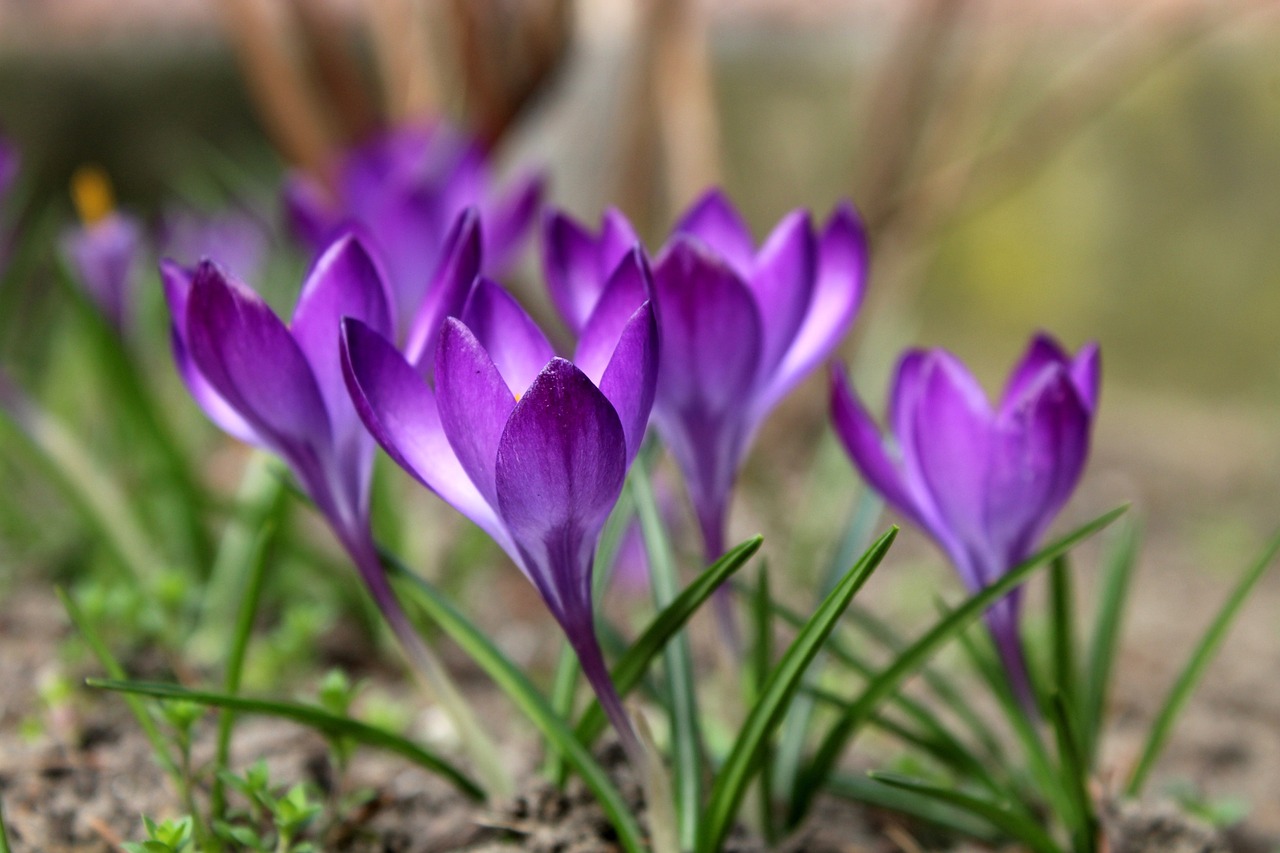
Saffron, also known as Crocus Sativus, has always been considered one of the world’s most precious spices, thanks to its vivid red filaments that impart a unique and unmistakable flavor to dishes. It’s no wonder that the price per kilogram of this precious ingredient can reach astronomical figures, up to 17,000 euros.
But what are the secrets to growing saffron bulbs well?
Outdoor saffron cultivation is a very laborious practice that requires careful control of ventilation, temperature, and light to follow the plant’s natural cycle. In particular, it’s important to lower the temperature at a specific time to make the plant bloom, as happens in nature starting from November.
Despite the economic value of the product, saffron production is still very limited, with only about 300 tons produced worldwide each year. Most of the product still comes from Iran, despite the political crisis, while other cultivation areas, such as Kashmir and Afghanistan, are in crisis and exports are becoming increasingly difficult.
To produce a kilogram of “red gold,” about 150,000 flowers are needed, which must be harvested by hand. The saffron filaments must be individually removed from the flowers and dried, a costly process that justifies the high price of the product.
But technology could offer new opportunities for saffron cultivation, thanks to greenhouse farming. This practice simplifies harvesting and also facilitates the cultivation of other spices or vegetables.
Greenhouse saffron cultivation has many advantages:
- Harvesting can be done standing up
- Plants are protected from extreme weather conditions
- Thanks to modern lighting technology, indoor harvesting can be done twice a year, instead of only in October and November, as outdoors.
Moreover, greenhouse production only takes two to three months, from the moment the bulbs are placed in hydroponic cultivation tanks until flowering, and it’s possible to obtain saffron quality equal to that obtained from traditional farming. In fact, the quality is even better because the plants grow at the same height and develop uniformly. Overall, everything becomes much more predictable.
Despite the increasing consumption of saffron, thanks to the growing interest in high-quality cuisine, global production of the product continues to be limited. Greenhouse cultivation could represent a solution to increase production and ensure greater availability of the product globally.
Greenhouse saffron cultivation can also help preserve the environment by reducing the use of pesticides and fertilizers. In this way, it’s possible to obtain organic saffron, which has added value for consumers who are increasingly concerned about environmental sustainability.
On the other hand, greenhouse cultivation requires a significant initial investment for the purchase of equipment and technology, as well as operational costs for electricity and water. Plus, not all regions are suitable for greenhouse cultivation due to climatic differences and the availability of water resources.
Despite this, greenhouse saffron cultivation represents a promising opportunity for producers of high-quality spices who want to diversify their activities and offer innovative products to consumers.
With the growing demand for organic and sustainable products, greenhouse saffron cultivation could be a winning choice for the future.
Source: 3Sat.